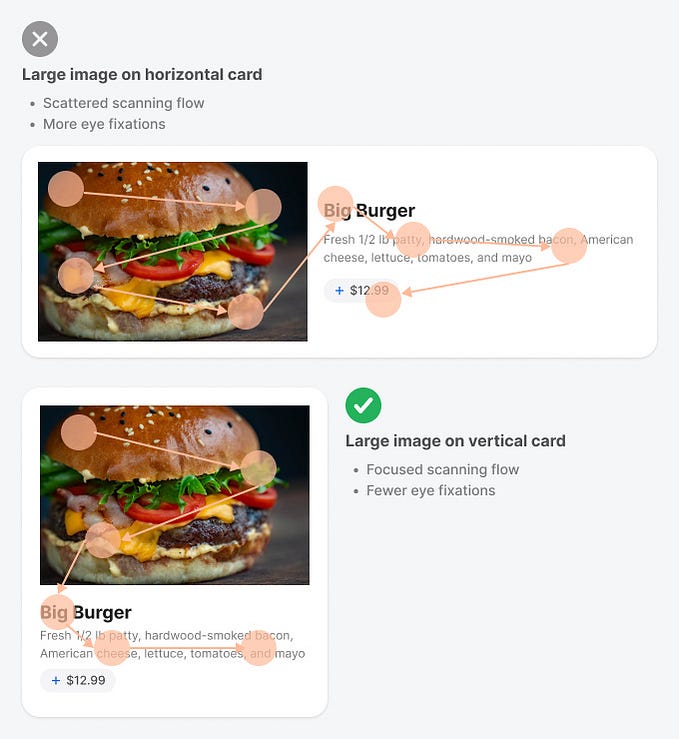Member-only story
UI/UX Design: Pattern Blocks
A fast, easy, crystal clear method of designing your users’ experience and interfaces.
Overview
As a core competency of UI/UX’ers, our job entails crafting data-driven, results-oriented experiences for our users.
One of the best ways that we can accomplish this is through application architecture that speaks to what a user needs to get done, the steps they will need to go through to get to their goals, and what can be eliminated to help smooth out the process.
Today, I’m going to be sharing with you a fast, easy, crystal clear method of designing your users’ experience and interfaces using pattern blocks.
What are pattern blocks?
Pattern blocks are essentially just task flows, as part of a larger user flow, which represent common patterns of interaction that need to occur within your application.
Let’s unpack this a little bit.

As we go through and design our applications page-by-page, it is almost impossible not to notice a striking pattern: most applications share some similar steps.
This is because all applications at their core are abstractions that take in user information, input, and output specific, measurable results.
Some very common patterns in design are:
- Sign in/sign out
- Adding payment information
- Checking out
- Item traversal
- Onboarding
- Searching
- etc.
These patterns are not specific to any one application, but are shared by many applications as methods of garnering user input in the form of information and decisions.










